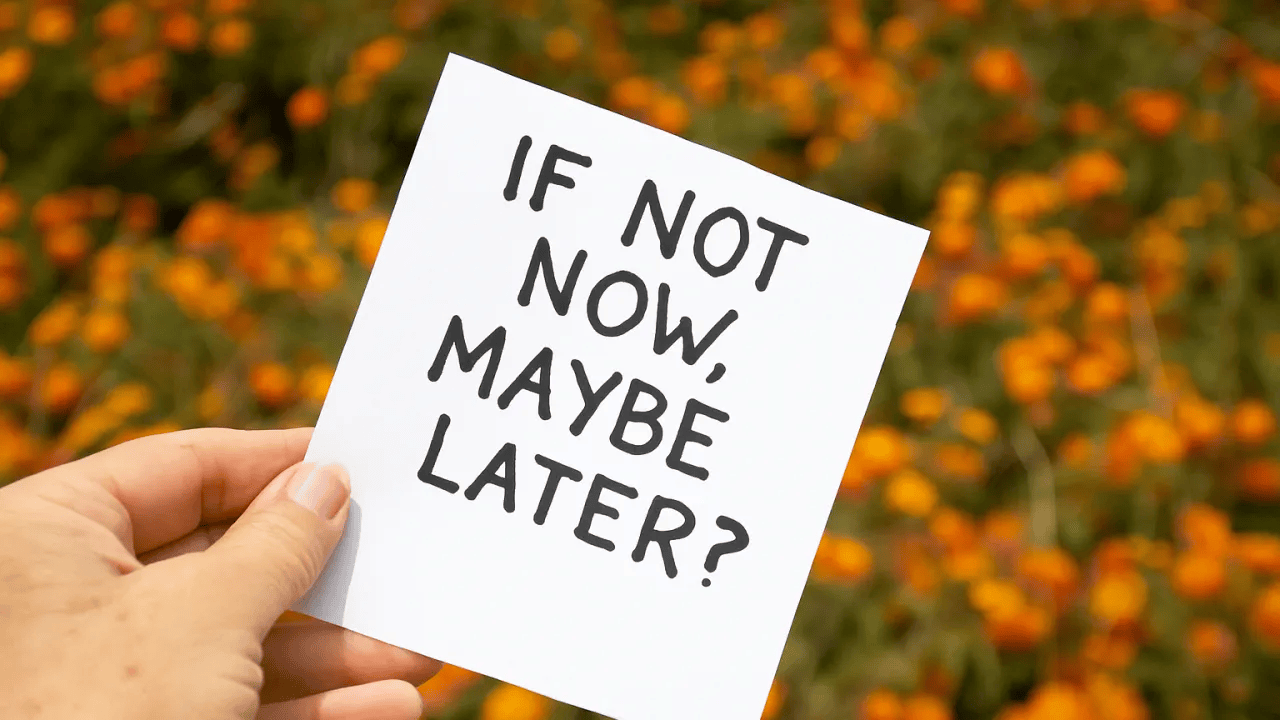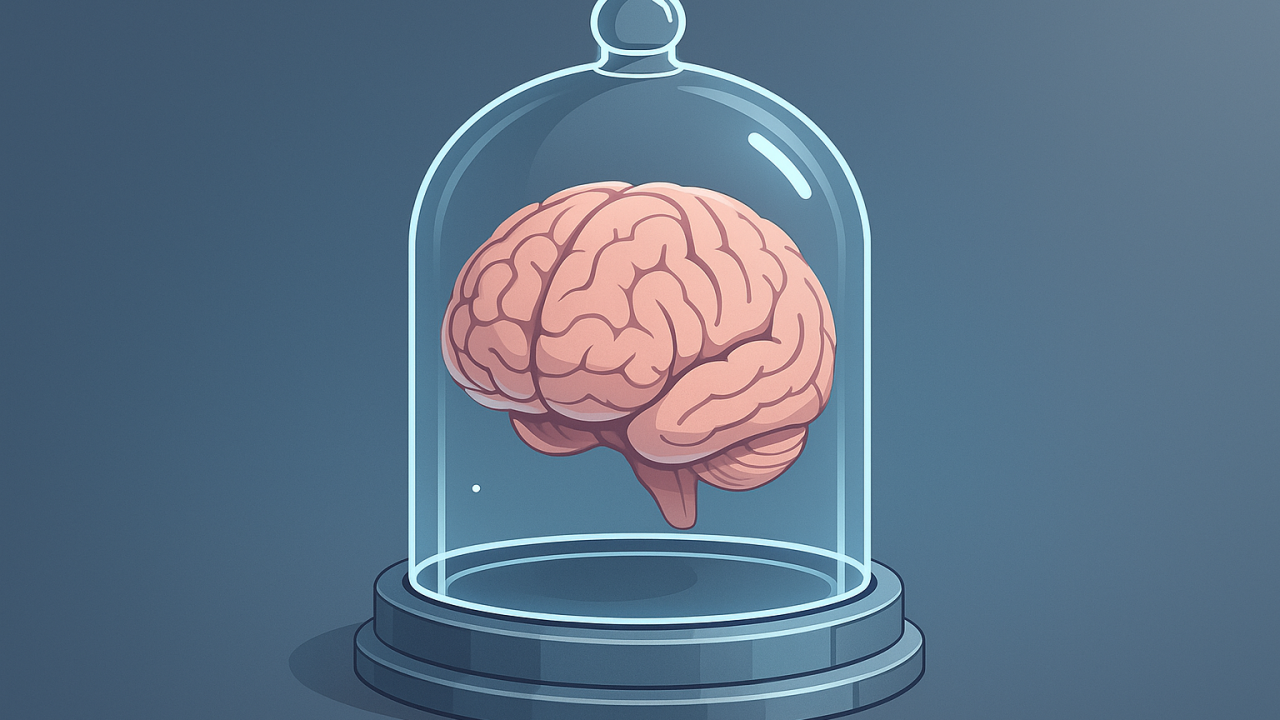As simple as they seem, icons hold a significant role in shaping how users interact with an interface.
Do you ask yourself these questions when creating one: Will it be understood? Is it memorable? Will different users interpret it correctly? 🤔
If yes, you’re on the right track.
If not, that’s okay—this article will guide you through the process.
Designing icons often forces us to balance form and function, and let’s be honest, it’s not always easy to get it right.
But the right approach can make all the difference.
They may seem small and simple, but they carry a lot of weight.
👉 When I think about designing icons, it’s not just about making them look good. Icons need to be functional.
They need to be instantly recognisable and meaningful.
I recently came across a couple of articles by Nielsen Norman Group that inspired me to dig deeper into this subject.
Here’s a practical guide to making sure your icons hit the mark.
Why Recognisability Matters
The key function of an icon is to communicate an action or idea at a glance.
👉If users don’t understand an icon within a second or two, you’ve got a problem.
People shouldn’t have to guess what it stands for.
For instance, we’ve all seen the magnifying glass for search or the envelope for email—these are universal icons. But if you’re designing something more abstract, the chances of users being confused increase.
It’s easy to think, “This icon looks great; it’ll work.” But as designers, we often have insider knowledge about what we create, and it’s easy to forget that what’s clear to us might not be obvious to everyone else.
This is where usability testing comes into play. Testing your icons in context, especially with users who aren’t familiar with the design, will quickly show if they are recognisable.
Memorability Counts Too
An often overlooked aspect of icons is memorability.
If users see an icon and have to come back to the same app or website later, will they remember what that icon stands for?
This is especially important for functions that aren’t used every day. Maybe your icon is part of a feature that’s not often accessed, but it still needs to be instantly understood when users return.
👉One way to improve memorability is by creating icons that are simple and schematic.
When you reduce visual complexity, users are more likely to remember them. A highly detailed icon might look amazing, but it won’t scale well or be easily understood in small sizes.
Universal Icons & Why They Work
Using universal icons helps cut down the learning curve for users.
Think of the shopping cart for e-commerce or the rubbish bin for deleting files—these icons have been used so widely that people know their meaning across different platforms.
👉The more universally recognised an icon is, the less explanation it needs.
That being said, don’t assume all users interpret every symbol the same way.
Icons can have cultural or regional differences in interpretation. This is another reason why testing is so important. What seems like a familiar symbol to one group might be completely foreign to another.
Text Labels
Here’s a rule I stick to: whenever an icon could be ambiguous, add a label.
👉Sure, icons can save space, but clarity should always be the priority.
Labels add context.
For example, the hamburger menu (three stacked lines) is pretty common now, but it wasn’t always understood. Adding a simple “menu” label beside it makes all the difference in helping new users understand its function.
Text labels are also great for accessibility.
Not everyone experiences icons the same way. Some users rely on screen readers or may have cognitive impairments that make interpreting icons difficult.
A clear label ensures no one is left guessing.
Sizing
Size is a subtle yet essential aspect of icon design.
👉A common issue is making icons too small, especially for mobile interfaces.
An icon that’s too tiny to tap easily on a smartphone can frustrate users. A good starting point is around 24×24 pixels for mobile and 16×16 pixels for web or desktop, but the size should always be determined based on your interface’s needs.
Another thing to keep in mind is scalability.
Your icons should look good and function well across different screen sizes.
They should be crisp and clear whether viewed on a small mobile device or a larger desktop screen.
✨ Tips
1️⃣ Simplify the Design
Focus on the basic characteristics of the object. Highly detailed icons can be hard to recognise, especially at smaller sizes. Keep them schematic and minimal.
2️⃣ Use the 5-Second Rule
If you can’t think of an icon that communicates the meaning within five seconds, the concept might be too complex for an icon. In that case, consider using text instead.
3️⃣ Test for Recognisability
Always test your icons by showing them to users and asking what they think they represent. This simple test can reveal a lot about whether your design is clear.
4️⃣Test for Memorability
After showing users an icon and explaining what it represents, ask them if they can remember its meaning a few weeks later. This can be a useful way to ensure your icons are memorable, especially for less frequently used features.
5️⃣Be Consistent
Stick to a consistent visual style across all your icons. Inconsistencies in shape, line thickness, or colour can confuse users and make your interface feel unpolished.
Designing icons is a thoughtful process, focused on creating symbols that are functional, instantly recognisable, and memorable.
At first glance, they might seem like small decorative elements, but their impact on usability cannot be understated.
Universal icons are usually a safe choice, but always think about where your users will see them. When in doubt, add a label. And always test—make sure they’re easy to recognise and remember.
Your goal is to create icons that not only look good but are also intuitive and memorable.
Don’t rush it—icons may be small, but their contribution to a great user experience is significant.
This space thrives because of YOU. ❤️
If the resources I share help you grow in your career, a small contribution from you could keep this community strong.
Together, we’re building a space to learn, grow, and support each other on this design journey.
Every bit helps, and by supporting me, you’re directly helping keep this space alive and growing.
Or simply scan this QR code ⬇️

Your support means a lot!
You might also like:
Share this article:



